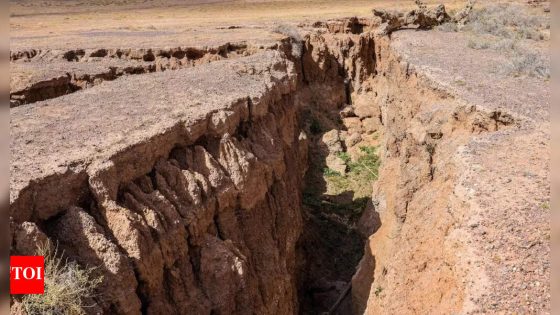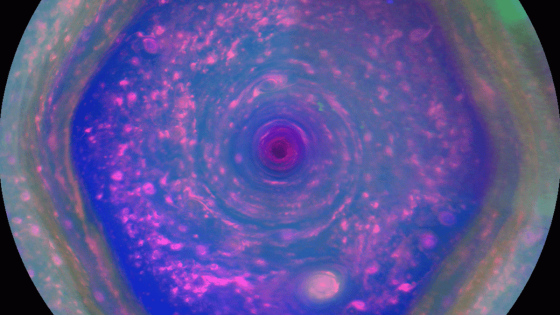A powerful 7.7 magnitude earthquake struck central Myanmar on March 28, 2025, marking a significant moment in seismic research. This earthquake, the strongest in over a century, was captured in real time by a nearby CCTV camera, providing unprecedented video evidence of fault movement.
- 7.7 magnitude earthquake struck central Myanmar.
- First-ever video evidence of fault rupture.
- 2.5-meter slip observed in 1.3 seconds.
- Pulse-like rupture challenges previous earthquake models.
- Expanded CCTV monitoring recommended for active faults.
- Improved models could enhance disaster preparedness.
The footage reveals the Earth’s surface slipping sideways by 2.5 meters in just 1.3 seconds, offering scientists a unique opportunity to study the mechanics of earthquakes. This groundbreaking event may redefine how we analyze and predict seismic behavior.
This remarkable footage raises critical questions about our understanding of fault dynamics. How can such real-time observations enhance our predictive capabilities? The video allows researchers to analyze the rupture in ways previously impossible, leading to significant advancements in earthquake science.
- Captured fault slip measures 2.5 meters in 1.3 seconds.
- Pulse-like rupture challenges traditional linear models.
- Video evidence could refine early warning systems.
As researchers continue to refine their models based on this footage, the potential for smarter earthquake prediction systems grows. This could ultimately save lives and enhance safety in vulnerable regions worldwide.

































